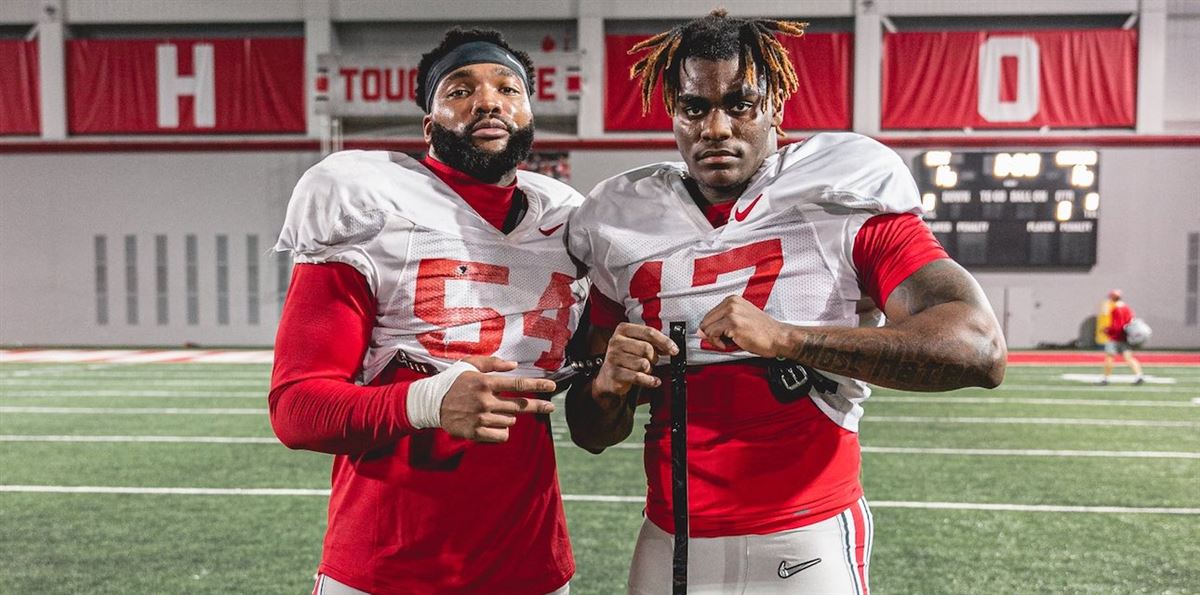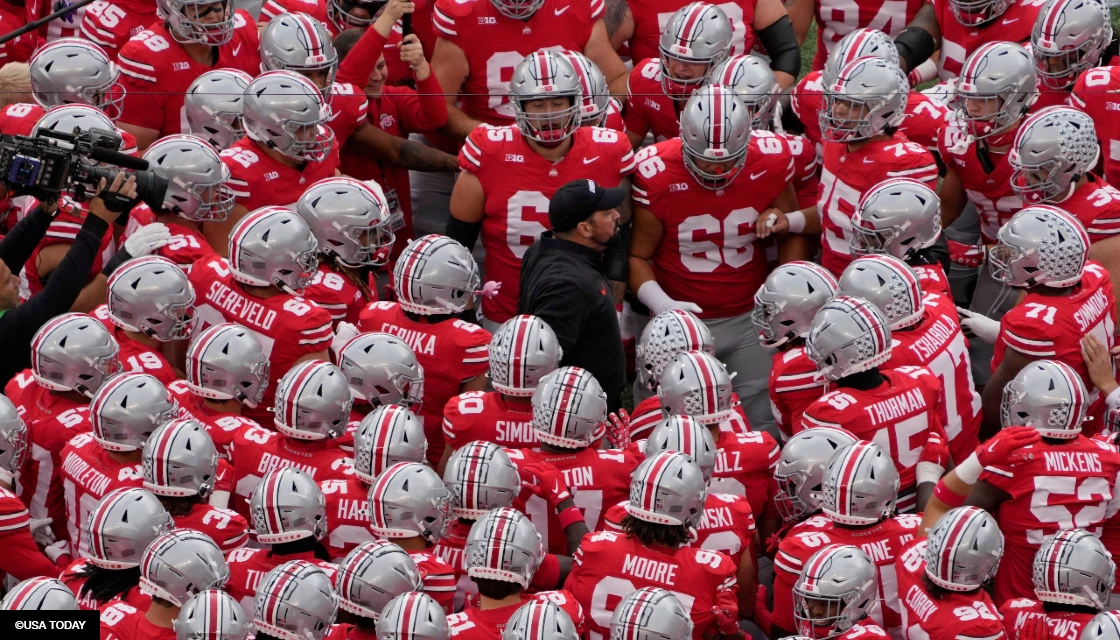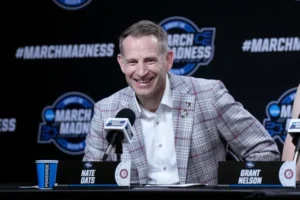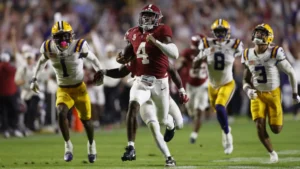The Ohio State football program, like many others in the NIL era, has seen several players transfer in pursuit of bigger financial opportunities. While this trend is common, some moves haven’t worked out as expected—former Buckeye defensive end is one example.
He left Ohio State after just one season and transferred to SMU, where he played during the past year. Unfortunately, his impact with the Mustangs was minimal, recording only two tackles throughout the season.
His departure proved costly in more ways than one. While SMU reached the College Football Playoff, he missed out on being part of Ohio State’s national championship run. His frustrations became apparent recently when he took to social media, seemingly expressing regret about leaving the Buckeyes—hinting that the main reason behind his decision was a better NIL deal, which hasn’t panned out the way he hoped.
https://x.com/Buckeye__Talk/status/1911557244828664244?ref_src=twsrc%5Etfw%7Ctwcamp%5Etweetembed%7Ctwterm%5E1911557244828664244%7Ctwgr%5Ece7ff2eba7adfef7caa1fd78ceab69f730c2fe73%7Ctwcon%5Es1_c10&ref_url=https%3A%2F%2Fscarletandgame.com%2Fformer-ohio-state-football-player-regrets-transferring-from-the-buckeyes

It now appears Abor would rather still be in Columbus. Had he stayed, there’s a good chance he’d be in the mix for playing time this upcoming season. Instead, he’s buried on the depth chart at a different school, with no easy path back to Ohio State.
Abor’s story serves as a cautionary tale: the transfer portal and NIL opportunities can be tempting, but they don’t always lead to better outcomes. Not every player lands in a favorable situation, and in some cases, players struggle to find new teams altogether.
This situation highlights the importance of weighing long-term development and fit over immediate financial gain. For many athletes, chasing money through the portal might not deliver the success they’re hoping for.



